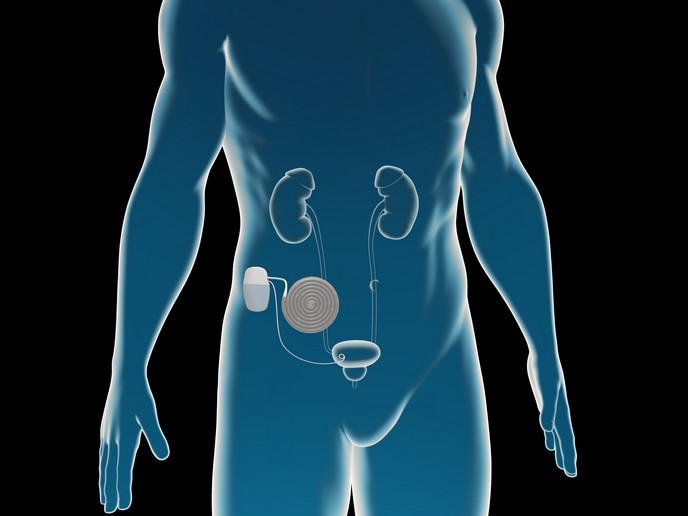New, personalised treatment concepts for rare anaemia
There is no such thing as a simple guide on how to deal and cope with anaemia. Not only can the condition have multiple causes, but even in the case of two patients sharing the same disease origin – such as protein mutation – the impact of this dysfunctional protein on each patient can vary immensely. What’s more, even the same patient can see the severity of his/her symptoms vary over time. Combining different techniques In this context, scientists working under the CoMMiTMenT (Combined Molecular Microscopy for Therapy and Personalized Medication in Rare Anaemias Treatments) project have been looking for a viable method to identify the specificities of a patient’s condition and the most suitable treatment. Their plan consists in investigating the combination of different techniques to assess the frequency of occurrence of terminally damaged cells, identifying the pathology through a machine-learning system, and pointing at suitable targets for therapeutic intervention. “It is always a good idea to combine two different techniques in one approach or even in a single device,” says Dr Lars Kaestner on behalf of Saarland University. “Initially, the idea behind CoMMiTMenT was to combine optofluidic microscopy (which allows for the identification and selection of a subpopulation of cells) with scanning ion conductance microscopy (to characterise their electrophysiological properties). As this didn’t work out as expected, we ended up developing a device that combines microfluidics (lab on a chip) with optical microscopy. We call it MeCheM: It can do similar things as we anticipated from our initial concept.” More effective, personalised treatment Unlike splenectomy, which consists in removing the patient’s spleen to increase the number of red blood cells and effectively removes most quality control for these cells, MeCheM allows for more effective and personalised treatment. For those patients sensitive to the adverse effects of splenectomy, which can include stroke or cardiac infarction, this is a potential life changer, one that also has potential to apply to a large spectrum of rare anaemias. Promising findings and next steps Indeed, project findings have notably revealed the existence of several ‘common denominators’ of various rare anaemia. This, according to the consortium, suggests that a combination of several drugs could potentially provide stabilisation of red cells and improve the quality of lives of a larger group of patients, in turn “making rare anaemias more attractive for pharmacological companies.” The team specifically tested its concept on sickle cell disease and came up with a new medication that targets the so-called NMDA-receptor (Memantine). “A pilot clinical trial was conducted in Zürich with very promising results, and a follow-up with a bigger number of sickle cell disease patients is taking place in Afula, Israel,” says Dr Kaestner. “MeCheM is used to check for the appropriate Memantine dose to avoid the symptoms of the disease.” A new diagnostic test for Hereditary Xerocytosis, another rare form of anaemia, was also investigated with the development of a novel assay based on existing technology. Once clinical trials have been completed, patients can expect better diagnoses and treatments resulting in fewer symptoms. In the meantime, Dr Kaestner intends to pursue his research. “I applied to become coordinator within a new consortium to understand mental co-morbidities associated with red blood cell related diseases. We submitted the first stage application under the acronym ‘Res-Q’, and we are also compiling a new ITN proposal dealing with red blood cells in flow called ‘EVIDENCE’,” he says.







